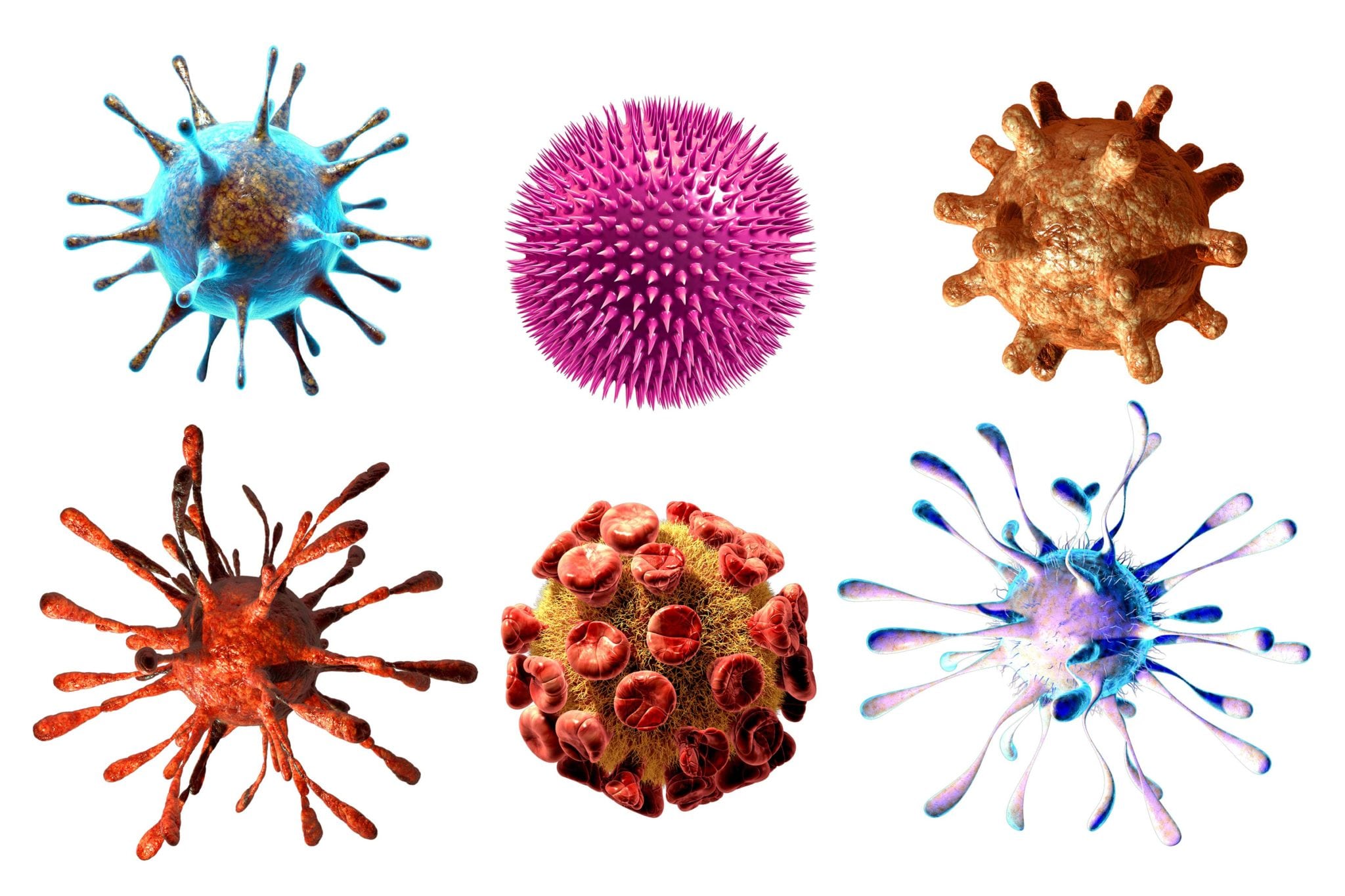Happy holidays, everyone. May this season full of crowded office parties, overstuffed buffet tables and family gatherings remain joyous and germ-free.
Germ-free? Yes, germs never take a holiday. Please don’t get sick. We won’t lecture on the importance of washing your hands — in the war against germs, it’s our own little nuclear bomb — but we will point out some things, in your home and in public, loaded with germs that can make you ill.
“Let’s face it,” says Dr. Virginia Bieluch, a Hartford HealthCare infectious disease specialist at The Hospital of Central Connecticut. “It’s wintertime and people are clustered together and it’s perfect grounds for spread of infections.”
In The Home
You can’t avoid germs, even if you never leave your home. Researchers from the University of Colorado at Boulder who analyzed dust samples from 1,200 U.S. households in 2015 identified more than 9,000 species of microbes, bacteria and fungus. The type of bacteria found in a home can be different if only men or women live there. (Gentlemen, a male-dominant home is likely to contain two skin-dwelling bacteria from the genera Corynebacterium and Dermabacter, and the fecal-related genus Roseburia.)
In an enlightening exercise a few years ago, NSF International (a public health and safety organization) did a swab analysis of 30 common household items in the homes of 22 volunteer families.
The kitchen test found coliform, bacteria that includes both salmonella and E. coli and a possible indicator of fecal contamination, on:
- More than 75 percent of dish sponges and rags.
- 45 percent of kitchen sinks.
- 32 percent of countertops.
- 18 percent of cutting boards.
The bathroom, usually considered the grossest, germiest place in the house, was a coliform-test surprise:
- 27 percent of toothbrush holders
- 9 percent of bathroom faucet handles.
That’s it.
The study found coliform in 81 percent of households, yeast and mold in 31 percent of households and staphylococcus aureus (staph) in more than 5 percent of households.
Toilet tip: The seat top is usually fine. Germs tend to congregate on the bottom of the seat. If you must lift the seat, use toilet paper or anything else to protect your hand.

Public/Office
Office coffee-cup mugs: A 1997 study by Dr. Charles Gerba, a University of Arizona environmental microbiology professor, found up to 90 percent of mugs in office kitchens contaminated with germs and — hold your nose — 20 percent with fecal matter. The reason: the communal office kitchen sponge, rarely disinfected or changed.
Coffee-cup lids: Dr. Gerba, known as Dr. Germ, found about 17 percent of disposable coffee-cup lids handed out by workers at local coffee shops were contaminated with fecal bacteria.
Office coffeepot handles: The coffeepot gets a good cleaning, but the handle doesn’t.
Your office desktop: Dr. Germ estimates 21,000 germs per square inch.
Your office phone: More than 25,000 germs per square inch.
Gas pumps: Think about it: How many people touch the gas pump each day? And how often do you think it’s cleaned? A study by Gerba found 71 percent of all gas-pump handles highly contaminated with bacteria that cause illness and disease.
Restaurant menus: The kitchen is clean (you hope), but when was the last time the menu got a good scrub? The average menu can carry 185,000 bacteria.
Schools: An ABC News study found a basketball (13,987 bacteria), lunch tables, trays and computer lab keyboards (9,838) and the water fountain (2,335) as the prime germ hangouts.
ATM machines: Almost as bad as public restrooms.
Supermarket checkout conveyor belts: A Michigan State University test of 100 checkout belts in 42 grocery stores found mold, yeast, staph — the disease-causing bacteria — and other bacteria on every one.
Fitness centers: Norovirus causes inflammation of the stomach or intestines and causes stomach pain, diarrhea, nausea and vomiting. It can stay on exercise equipment for up to a month, so don’t start the first workout of your New Year’s resolution without some nearby sanitizer.
A New Year’s To-Do List
Cleaning removes germs, notes the Centers for Disease Control and Prevention, but disinfecting destroys them. Soap and water removes most germs in the kitchen, but you’ll need a disinfectant occasionally. Check the label. A disinfectant, specifically registered with the Environmental Protection Agency, contains ingredients that destroy. Follow directions on the label. Typically, the disinfectant must remain on the surface for a few minutes.
Also:
- When cleaning, use paper towels instead of cleaning cloths or towels, which retain germs.
- If you use a cloth towel, wash it in hot water.
- Try disposable sanitizing wipes that clean and disinfect.
- In the bathroom, clean and disinfect all surfaces regularly.
And, of course, wash your hands!
Feeling sick? If you need medical attention for any reason, visit your local Hartford HealthCare/GoHealth Urgent Care Center.



